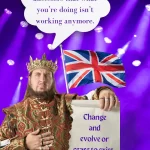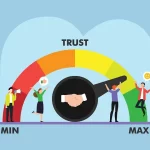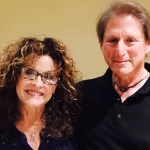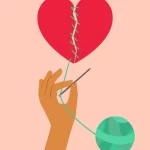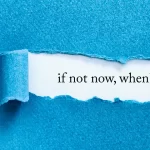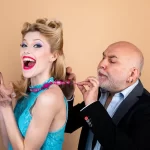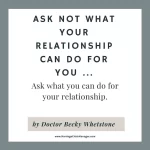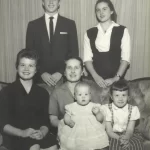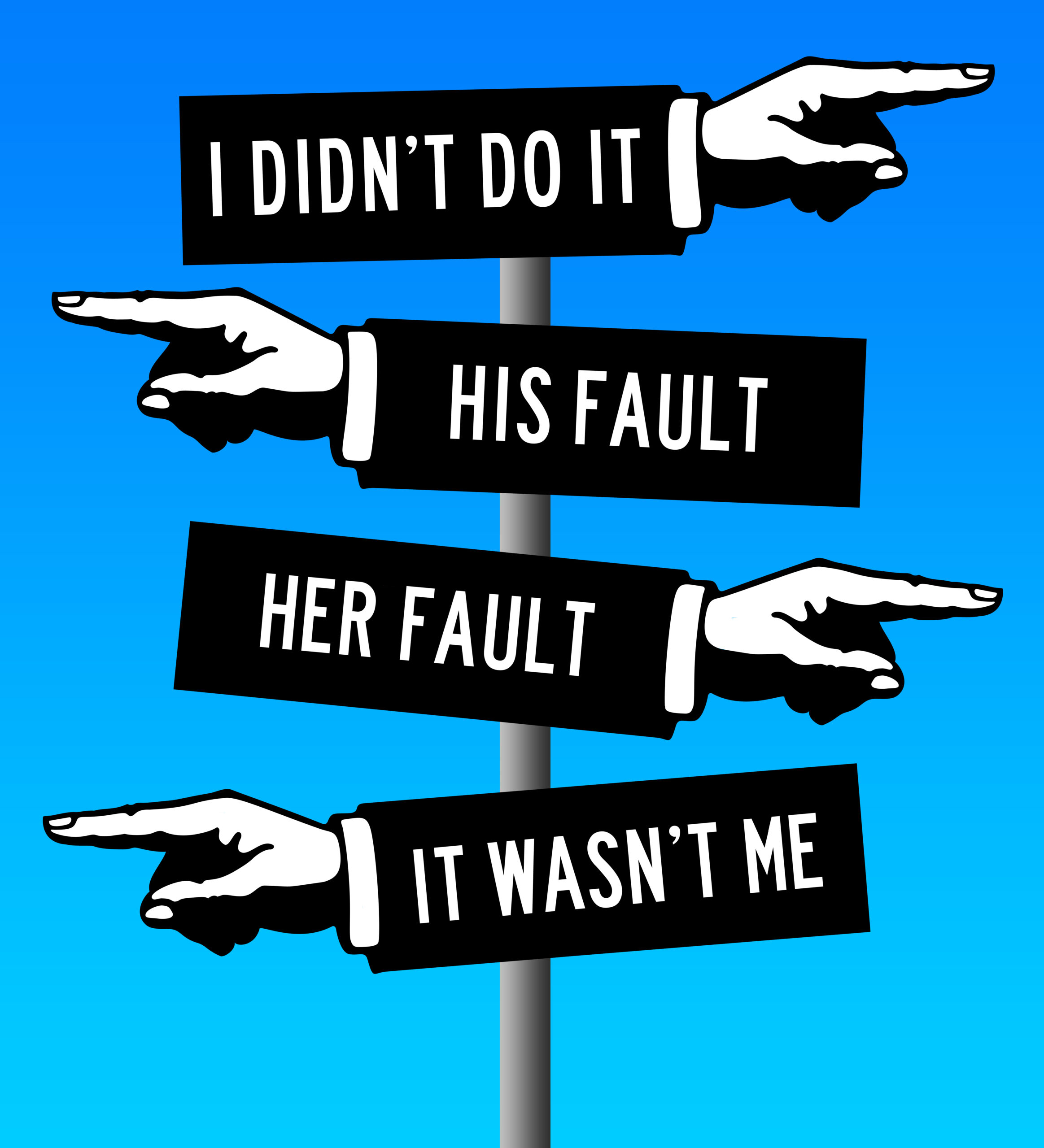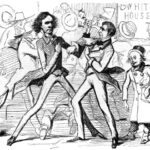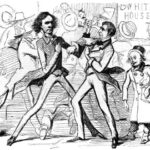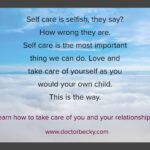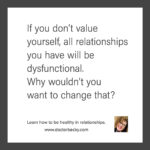
Doctor Becky and Terry Real, creator of Relational Life Therapy.
Clients tell me all the time, “I will never forget that one thing you told me … it really made a huge difference.”
So in search of more of those types of things, I went to Los Angeles to take part in one of a three-part training with Terry Real, the creator of Relational Life Therapy. He’s also the author of the book, “The New Rules of Marriage.” I had heard about him through Pia Mellody’s* codependency training circles and wanted to go hear his take on treating codependents in relationships.
I loved the two days with Terry, as his model is so heavily influenced by Pia’s simple yet powerful model of dysfunction — something I draw on my white board almost every day for individuals and couples so they might start their recovery instantly. It is truly a model that has transformed my practice.
One thing he taught us to look for are: A couple’s stance, stance, dance. The math equation for that is: his stance + her stance = their relationship dance. Our first night’s homework involved figuring out a stance, stance, dance in one of our present or previous relationships. You complete the math by filling in the blanks of, “The more he _____ the more she ______ and the more he ______ . Then of course, the pattern goes on and on.
In my own case, I came up with, “The more she pushes him to buy into her ideas and dreams the more he practically defends to maintain the status quo and the more he feels she has no regard for what it takes and the consequences of fulfilling those ideas and dreams.
Once I worked out the stance, stance, dance in a relationship I have had, the more I could see that I pushed my partner to do the next big thing, like build on to our house, or plant a huge garden, all while he felt that I didn’t care about how hard he had to work to provide it. The truth is, I had ideas and dreams, but I was very flexible about not being able to have them, and I left it to him to tell me whether the ideas and dreams were realistic or attainable. He wrongly thought I didn’t care about just piling on one financial or labor intensive burden after another. Of course I cared, and I never wanted him to feel pressure or strain about my dreams and ideas – after all, they’re just ideas, not the mandates he took them as.
So, wow. Figuring out your stance, stance, dance is a really powerful exercise! It helped me sort out a situation that I had only thought about for a few seconds here and there in the past. I totally saw where we were misunderstanding one another needlessly and doing damage to our relationship.
So how to do it is to look at the areas in your relationship where there is tension. I knew that my wanting to add on to our house had made my primary bread-winner partner nervous. (Years ago I was a stay-at-home-mom). I had dreams and ideas, and he immediately resisted with negative responses. That was the pattern. The end result is that he thought I didn’t care about our finances, and I thought he was not open to hearing my dreams and close-minded. Learning this would have provided an opportunity for communication and correction of understanding … I can have ideas, he just needs to tell me if they’re possible. If they aren’t, no harm done.
There are so many tools that therapists have to get to the bottom of what is going on with a couple. I realize that some people think all we do in the therapy room is just talk, but there is so much more to it, and as a therapist it takes years to be able to do the work in a powerful and effective way that makes a life-changing difference in people’s lives. I am always looking for ways to do it better.
*Pia Mellody created the term codependency and developed a treatment for it at The Meadows Rehabilitation Center in Wickenburg, Arizona. This is the same center where Olympic gold medalist Michael Phelps recently spent time to go into recover from substance abuse issues. Mellody wrote the book, “Facing Codependence,” The Intimacy Factor,” and “Facing Love Addiction. I have completed her 3-part training and became part of a worldwide group of therapists who have also completed the training known as the Healing Trauma Network.
 Becky Whetstone is an Arkansas native and has a Ph.D. in Marriage and Family Therapy from St. Mary’s University in San Antonio, Texas. She is a Licensed Marriage and Family Therapist (LMFT) in Texas and Arkansas.
Becky Whetstone is an Arkansas native and has a Ph.D. in Marriage and Family Therapy from St. Mary’s University in San Antonio, Texas. She is a Licensed Marriage and Family Therapist (LMFT) in Texas and Arkansas. 












